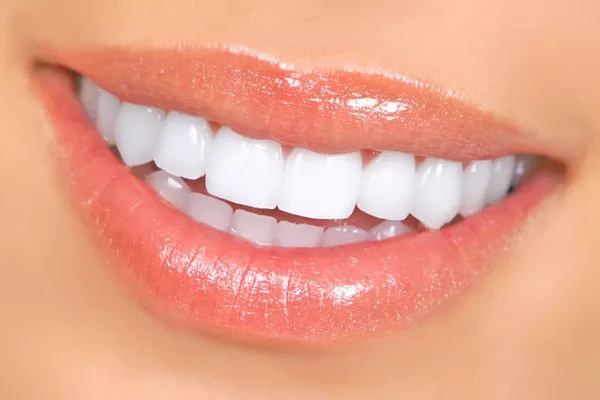Teeth whitening strips have become a popular choice for achieving a brighter smile without the hassle and expense of professional treatments. However, many people wonder what happens when they leave teeth whitening strips on overnight. In this article, we’ll explore the potential consequences of this practice and provide valuable insights on how to use teeth whitening strips effectively to achieve a dazzling, white smile.
Extended Exposure to Whitening Agents
When you leave teeth whitening strips on overnight, you expose your teeth to the whitening agents for an extended period. These whitening agents, typically hydrogen peroxide or carbamide peroxide, are responsible for breaking down stains and discoloration on the tooth‘s surface. However, prolonged exposure to these agents can lead to increased tooth sensitivity and potential damage to the enamel.
a. Tooth Sensitivity: Extended exposure to teeth whitening agents can cause heightened tooth sensitivity. This may result in discomfort when consuming hot or cold foods and beverages. To mitigate this issue, consider using whitening strips for the recommended time indicated on the product packaging.
b. Enamel Damage: Leaving whitening strips on overnight may increase the risk of enamel damage. Enamel is the protective outer layer of your teeth, and weakening it can lead to various dental problems over time. It’s crucial to follow the manufacturer’s instructions to ensure safe and effective whitening.
Uneven Whitening
Leaving teeth whitening strips on overnight can also result in uneven whitening. Whitening strips need to be applied evenly to ensure a consistent result, and overnight wear can make this challenging.
a. Strips Slipping: As you sleep, your mouth may undergo various movements, causing the whitening strips to slip or move out of position. This can lead to uneven exposure to the whitening agents, resulting in uneven whitening.
b. Patchy Results: Inconsistent application may lead to patchy whitening, with some areas of your teeth appearing whiter than others. To avoid this, it’s recommended to apply the strips when you can maintain better control over their placement.
Increased Risk of Gum Irritation
Leaving teeth whitening strips on overnight can increase the risk of gum irritation. The whitening agents can come into contact with your gums, leading to discomfort and potential irritation.
a. Gum Sensitivity: Prolonged exposure to whitening agents may cause gum sensitivity, resulting in redness, swelling, or discomfort. To prevent this, be cautious when applying the strips, ensuring they are placed directly on the tooth surfaces without touching the gums.
b. Gum Recession: In severe cases, leaving whitening strips on overnight can contribute to gum recession, where the gums start to pull away from the teeth. This condition can lead to more significant dental issues, including increased tooth sensitivity and the need for additional dental treatments.
Diminished Long-Term Results
One common misconception is that leaving teeth whitening strips on overnight will provide faster and longer-lasting results. However, the opposite may be true.
a. Short-Term Intensity: While leaving whitening strips on overnight may lead to a more intense initial result, it can diminish the long-term effectiveness. The immediate results may fade quickly, and you might find yourself needing to repeat the treatment more frequently.
b. Follow Product Recommendations: To achieve the best long-term results, it’s essential to follow the recommended usage guidelines provided by the manufacturer. This ensures that you maintain your white smile without compromising your oral health.
Conclusion
In conclusion, leaving teeth whitening strips on overnight can have both positive and negative effects. While it may seem like a time-saving approach, it can lead to increased tooth sensitivity, uneven whitening, gum irritation, and diminished long-term results. To achieve a brighter smile safely and effectively, it’s advisable to follow the manufacturer’s instructions and consult with a dentist if you have any concerns. Remember, a beautiful smile is best achieved with a balanced approach that considers both aesthetics and oral health.
Related Links:
Do whitening strips work after one use?
What not to Do after using whitening strips?
How much to bleach teeth at dentist?































